Cooking large chunks of pork to perfection is both a science and an art. Whether you’re preparing a hearty stew, a tender braised dish, or a succulent roast, achieving the ideal texture and flavor hinges on understanding cooking times, temperatures, and techniques. This article delves into the intricacies of cooking large pork chunks, exploring factors that influence doneness, recommended cooking methods, and expert tips to ensure your meat is juicy, safe, and delicious.
Understanding Pork Doneness: Safety and Flavor
Before diving into cooking times, it’s essential to grasp why doneness matters. Pork, like all meats, carries a risk of foodborne illnesses if undercooked. The U.S. Department of Agriculture (USDA) recommends cooking pork to an internal temperature of 145°F (63°C) for whole cuts like chops, roasts, and tenderloins, followed by a three-minute rest time. This ensures harmful bacteria, such as Salmonella and E. coli, are destroyed. However, large pork chunks—often used in stews, braises, or pulled pork recipes—may require longer cooking times to break down tough connective tissues, resulting in tender, melt-in-your-mouth meat.
Factors Influencing Cooking Time
Cooking large pork chunks isn’t a one-size-fits-all process. Several variables affect how long it takes to reach optimal doneness:
-
Cut of Meat:
- Tender Cuts (e.g., pork loin, tenderloin): Lean and quick-cooking, these cuts dry out easily if overcooked.
- Tough Cuts (e.g., pork shoulder, pork butt): Rich in collagen and connective tissue, these require longer cooking times to become tender.
-
Size and Thickness:
Larger, thicker chunks take longer to cook. A 2-inch (5-cm) cube will cook slower than a 1-inch (2.5-cm) piece.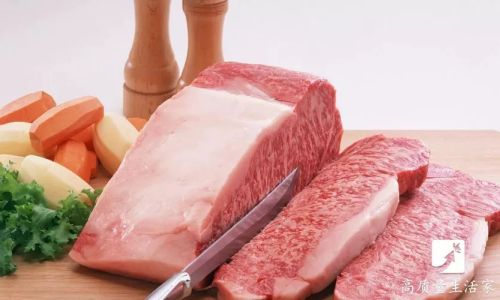
-
Initial Temperature:
Cooking pork straight from the refrigerator versus room temperature affects cooking time. Cold meat takes longer to heat through. -
Cooking Method:
- Boiling/Simmering: Fast but risks drying out the meat.
- Braising: Slow-cooking in liquid at low heat, ideal for tough cuts.
- Oven-Roasting: Requires careful monitoring to prevent drying.
- Slow Cooker/Crockpot: Low-and-slow cooking for tender results.
-
Altitude:
At high elevations, water boils at lower temperatures, increasing cooking time.
Cooking Methods and Recommended Times
Boiling/Simmering
Boiling is a quick method but is rarely used alone for large pork chunks, as it can leave the meat dry and flavorless. However, it’s often a preliminary step in recipes like stews or soups.
-
Process:
Submerge pork chunks in cold, salted water (to enhance flavor) and bring to a gentle simmer. Skim off any foam that rises to the surface. -
Cooking Time:
- 1-inch (2.5-cm) cubes: 20–30 minutes.
- 2-inch (5-cm) cubes: 45–60 minutes.
- Tough cuts (e.g., shoulder): 1.5–2 hours, or until tender.
-
Tip: Use minimal liquid to avoid diluting flavors. Add aromatics like garlic, onions, or herbs for depth.
Braising
Braising combines searing and slow-cooking in liquid, making it ideal for tough cuts.
-
Process:
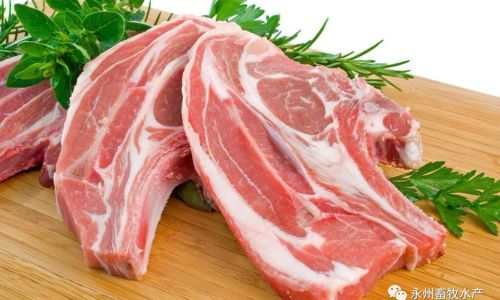
- Sear pork chunks in a hot pan to develop a caramelized crust.
- Transfer to a pot with broth, wine, or stock, along with vegetables and herbs.
- Cover and simmer gently on the stovetop or in the oven at 300–325°F (150–160°C).
-
Cooking Time:
- Tender cuts (e.g., loin): 1–1.5 hours.
- Tough cuts (e.g., shoulder): 2.5–4 hours, or until the meat easily pulls apart.
-
Tip: Low, steady heat is key to breaking down collagen without drying the meat.
Oven-Roasting
Roasting is perfect for achieving a crispy exterior and moist interior, though it requires precision to avoid overcooking.
-
Process:
- Preheat the oven to 375–400°F (190–200°C).
- Season pork chunks and place in a roasting pan.
- Roast, basting occasionally with pan juices or a glaze.
-
Cooking Time:
- 1-inch (2.5-cm) cubes: 25–35 minutes.
- 2-inch (5-cm) cubes: 45–60 minutes.
- Large roasts (e.g., pork shoulder): 20–30 minutes per pound (450g), plus resting time.
-
Tip: Use a meat thermometer to ensure the internal temperature reaches 145°F (63°C).
Slow Cooker/Crockpot
Slow cookers excel at transforming tough cuts into tender, flavorful dishes with minimal effort.
-
Process:
- Sear pork chunks (optional but recommended for flavor).
- Place in the slow cooker with liquid, vegetables, and seasonings.
- Cook on low for 6–8 hours or high for 3–4 hours.
-
Cooking Time:
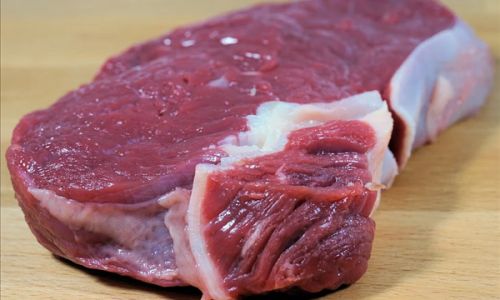
- Tender cuts (e.g., tenderloin): 4–5 hours on low.
- Tough cuts (e.g., pork butt): 8–10 hours on low.
-
Tip: Avoid lifting the lid during cooking, as this releases heat and extends cooking time.
Sous-Vide
A modern technique, sous-vide involves vacuum-sealing pork and cooking it in a water bath at a precise temperature.
-
Process:
- Season pork chunks and seal in a vacuum bag.
- Submerge in a water bath set to 140°F (60°C) for tenderloin or 165°F (74°C) for shoulder.
- Cook for 4–8 hours, then sear in a hot pan for color.
-
Cooking Time:
- 1-inch (2.5-cm) cubes: 2–3 hours.
- 2-inch (5-cm) cubes: 4–6 hours.
-
Tip: Sous-vide ensures even cooking but requires specialized equipment.
How to Test for Doneness
-
Internal Temperature:
Use a meat thermometer inserted into the thickest part of the chunk. Remove the meat at 145°F (63°C) for whole cuts or 190–205°F (88–96°C) for pulled pork. -
Visual Cues:
- Tender cuts: Juices should run clear, not pink.
- Tough cuts: The meat should shred easily with a fork.
-
Touch Test:
Press the meat; it should feel firm but not tough. Overcooked pork will feel dry and crumbly.
Common Mistakes to Avoid
-
Overcooking:
Pork loses moisture rapidly above 145°F (63°C). Use a thermometer to avoid dry meat.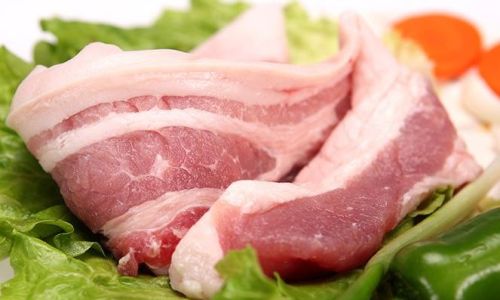
-
Undercooking Tough Cuts:
Collagen needs time to break down. Rushing the process results in chewy meat. -
Not Accounting for Carryover Cooking:
Meat continues to cook after removal from heat. Pull it 5–10°F (3–5°C) below the target temperature. -
Ignoring Resting Time:
Resting allows juices to redistribute. Tent with foil and rest for 10–15 minutes. -
Using the Wrong Liquid:
Avoid acidic ingredients (e.g., vinegar, wine) in large quantities for tough cuts, as they can tighten the meat before collagen breaks down.
Expert Tips for Perfect Pork
-
Brine for Moisture:
Soak pork in a saltwater brine (1/4 cup salt per 4 cups water) for 2–4 hours to enhance juiciness. -
Sear for Flavor:
Browning meat before braising or roasting adds depth via the Maillard reaction. -
Low and Slow for Tough Cuts:
Patience is key. Tough cuts like shoulder reward slow cooking with unparalleled tenderness. -
Adjust Liquid for Altitude:
At high elevations, increase cooking time by 15–20% to compensate for lower boiling points. -
Repurpose Leftovers:
Shred overcooked pork for tacos, or mix with barbecue sauce for sandwiches.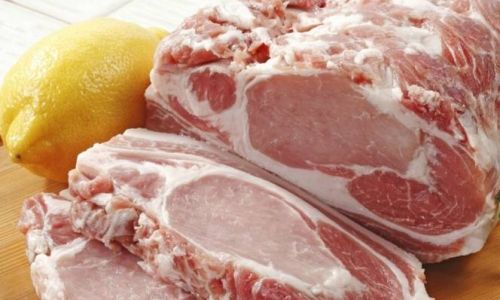
Recipe: Classic Braised Pork Shoulder
Ingredients:
- 3 lbs (1.4 kg) pork shoulder, cut into 2-inch (5-cm) chunks
- 2 tbsp olive oil
- 1 onion, diced
- 3 garlic cloves, minced
- 2 cups (480 ml) chicken broth
- 1 cup (240 ml) dry white wine
- 2 bay leaves
- 1 tsp smoked paprika
- Salt and pepper to taste
Instructions:
- Preheat oven to 325°F (160°C).
- Season pork with salt, pepper, and paprika.
- Heat olive oil in a Dutch oven. Sear pork until golden brown (5 minutes per side). Remove and set aside.
- Sauté onion and garlic until fragrant. Deglaze with wine, scraping browned bits.
- Return pork to the pot. Add broth and bay leaves. Bring to a simmer.
- Cover and transfer to the oven. Braise for 2.5–3 hours, or until tender.
- Serve with mashed potatoes or crusty bread.
Cooking Time: 3 hours (plus 15 minutes resting).
Conclusion
Cooking large pork chunks to perfection requires balancing time, temperature, and technique. Whether you opt for the rapid heat of boiling, the low-and-slow magic of braising, or the precision of sous-vide, understanding your meat’s characteristics and desired outcome is paramount. By avoiding common pitfalls and leveraging expert tips, you can transform even the toughest cuts into a culinary masterpiece. Experiment with flavors, embrace patience, and let your thermometer be your guide—your taste buds will thank you.
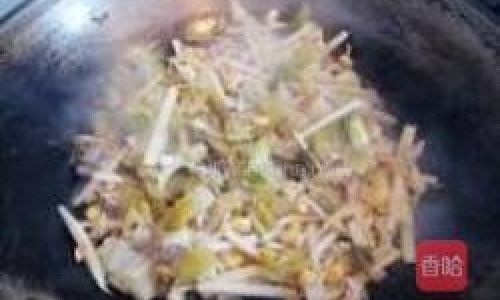
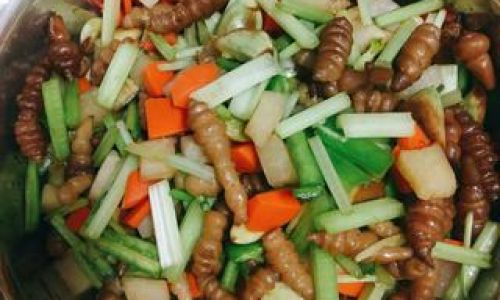
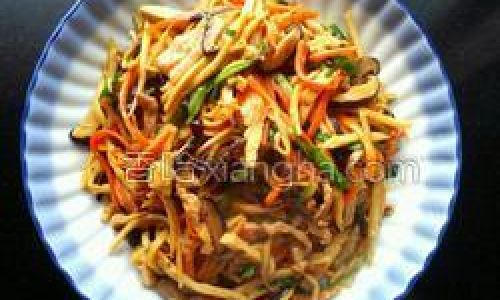
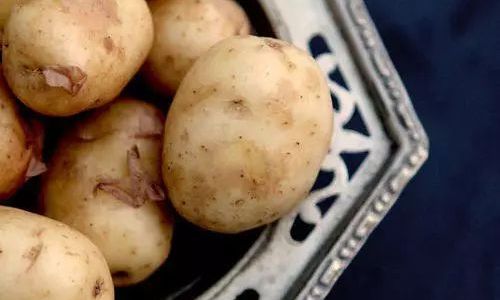
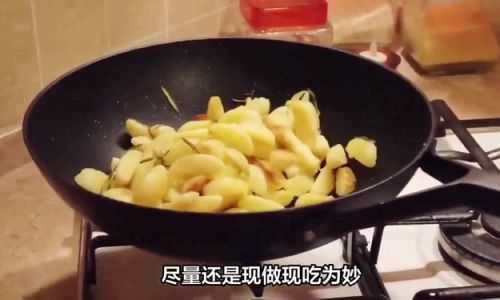
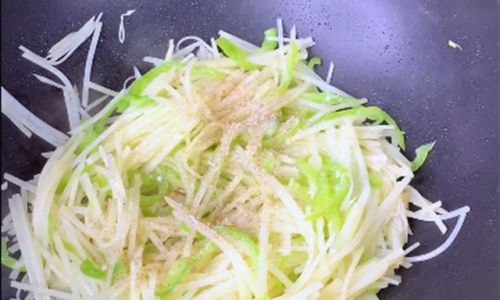
0 comments